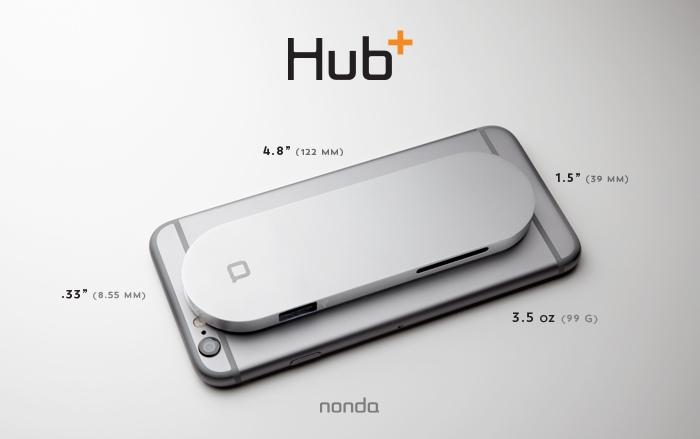
The Hub+ has all of the ports a new MacBook user will need – two USB-C ports, one SDXC card reader, one display port, and three USB-A charging ports. Additionally, it has a built-in lithium ion battery that can charge any phone on a whim.
The device itself is constructed out of aluminum alloy, making it lightweight and durable. It’s 4.8 inches long and 1.5 inches wide, meaning you can easily slip it into your pocket and take it anywhere with you.
“The Hub+ is built with the best materials and an incredibly smart and beautiful design to give you the best experience you could ever get with your new Apple MacBook,” said chief designer of Hub+ Jan Schmitt on the No NDA website.
However, you might want to be a little more careful with it if you’re going to make the investment. With a pledge of $3,999 on the device’s Kickstarter page, you’ll receive a 24K gold-plated Hub+ and one gold-plated bonus adapter, laser-etched with your name and a personalized message.
Of course, you don’t have to go with the pricier option — the Hub+ will be available in a gold hue (though not 24K) and space grey once the Kickstarter fundraiser hits its stretch goal of $250,000.
The product itself will begin shipping out to early-bird customers in late June 2015. A pledge of $79 or more will get you the basic edition of the Hub+ and a bonus adapter, and it ships to anywhere in the world.
Editors' Recommendations
- USB-C charging laptops: Here’s what you need to know
- USB-A vs. USB-C: What’s the difference?
- This gadget could turn your M1 Mac into a productivity beast
- Reviewers agree: The M2 MacBook Air has a heat problem
- This 240W USB-C cable opens up new charging possibilities


